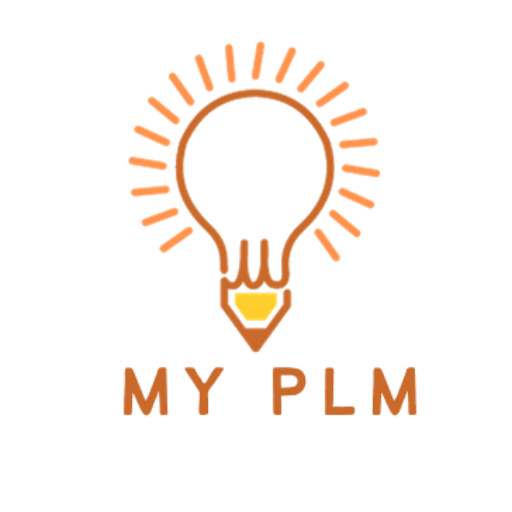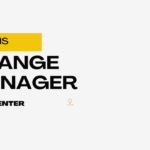In the realm of Product Lifecycle Management (PLM), Teamcenter stands tall as a robust solution, providing organizations with the tools to streamline their product development processes. A fundamental component of Teamcenter’s architecture is the concept of data containers. In this blog post, we will unravel the mysteries surrounding data containers in Teamcenter, exploring their definition, significance, and how they contribute to the efficient management of product data.
Table of Contents
What is a Dataset in Teamcenter?
At its core, a data container in Teamcenter is a holder for files or documents that represent a physical or digital manifestation of a product or part. These files can include Computer-Aided Design (CAD) models, documents, images, spreadsheets, and any other type of data associated with a product throughout its lifecycle. Data containers play a pivotal role in linking the virtual design world with the physical product, providing a means to manage, control, and collaborate on the diverse data generated during product development.
Key Characteristics of Datasets
1 Physical Representation
Datasets serve as the tangible or digital representation of a product’s design. This includes 3D CAD models, 2D drawings, specifications, and other documents.
2 File Management
They act as containers that hold files, allowing for organized storage and retrieval of relevant data associated with a particular product or part.
3 Version and Revision Control
Data containers in Teamcenter support versioning and revision control, ensuring that changes to files are tracked and managed systematically. This is crucial for maintaining a complete and accurate history of product data.
4 Link to Product Structure
Data containers are linked to items in the product structure. An item represents the logical definition of a product or part, while a data container provides the physical representation. This linkage ensures consistency and traceability between the virtual and physical aspects of a product.
5 Metadata and Attributes
Data containers can have associated metadata and attributes that provide additional information about the files they contain. The information may include details such as authorship, creation date, file type, and more.
Types of Datasets in Teamcenter
1 CAD Datasets
These include files generated by Computer-Aided Design tools and represent the 3D or 2D geometry of a product. Examples include parts, assemblies, and drawings.
2 Document Datasets
These datasets store non-CAD files such as Word documents, PDFs, spreadsheets, images, and other documentation relevant to the product.
3 Simulation Datasets
For products that undergo simulation or analysis, datasets may contain simulation results, reports, and related data.
Significance in Product Lifecycle Management
1 Collaboration
Data containers facilitate collaboration by providing a centralized location for all relevant files. This ensures that cross-functional teams can access the latest and most accurate data.
2 Configuration Management
The version and revision control capabilities of data containers contribute to effective configuration management. Changes are tracked, and documented, and can be reverted if necessary.
3 Traceability
By linking data containers to items in the product structure, Teamcenter enables traceability between design intent and the physical product. This is essential for compliance, auditing, and quality assurance.
Conclusion
In the intricate landscape of Teamcenter and PLM, data containers emerge as the linchpin connecting virtual design with tangible products. Understanding the role and significance of data containers is crucial for professionals working with Teamcenter and for those seeking to enter the field of product data management. As organizations continue to adopt Teamcenter for efficient product lifecycle management, a comprehensive grasp of Datasets will undoubtedly be a valuable asset for anyone navigating the intricacies of modern product development.
Read More Articles
Exploring the Power of Tiles in Teamcenter’s Active Workspace Client
Understanding the Contrast: Volume vs. Database in TC
Exploring TC: The Central Hub for Product Lifecycle Management
Understanding Item Revision in TC: A Comprehensive Guide
Unlocking Efficiency and Precision: Understanding Workflow Designer in TC
Understanding PLM (Product Lifecycle Management): A Comprehensive Guide
Demystifying BMIDE in TC: Empowering Effective PLM Solutions
Understanding Organizations in TC: Building Efficient Work Structures
Demystifying Datasets in TC: A Comprehensive Guide
A Step-by-Step Guide to Installing TC Software
Revealed Pseudofolders in Siemens TC: Simplifying Data Management for Engineers
Unlocking TC’s Potential: A Guide to Creating Custom Properties





